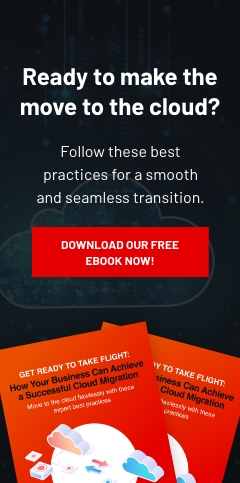Managed print services (MPS) are invaluable for organizations looking to reduce costs and increase efficiency in their printing operations. With MPS, organizations can outsource the management of their print infrastructure to a third-party provider that will handle all print-related processes from initial assessment and setup to ongoing monitoring and maintenance. This allows them to focus on other important tasks while benefiting from cost savings and improved performance.
However, it’s essential that organizations understand the different pricing models available before they commit to any particular MPS plan or provider. Determining which model is the best fit for their particular needs and budget is key to getting the most out of their MPS investment.
Common pricing models
Most MPS providers offer a variety of pricing models that include the following:
Cost-per-print (CPP)
This model charges customers a set rate for each print job. The cost typically covers the supplies and labor associated with the printing process, which means customers don't need to worry about budgeting for these items separately. CPP is well-suited for organizations with a high volume of printing, as the cost per job is maximized when there is a large number of prints.
Toner only
As the name implies, this model charges customers for toner cartridges only, though many providers also include associated labor costs. It's ideal for organizations with more sporadic or smaller-scale printing needs, as they only need to pay for the supplies they actually use.
In this arrangement, the provider tracks the toner levels and automatically replenishes supplies when needed, providing a hassle-free process for customers. This ensures the organization doesn't run out of toner and eliminates the need to purchase supplies in bulk, which can be costly.
Service only
Rather than billing for print jobs or supplies, this model charges customers a flat fee to cover the services rendered by the MPS provider. These services may include maintaining and monitoring the customer's print infrastructure, training users on the proper use of equipment, providing remote support and troubleshooting, and more. And while some agreements may also cover the cost of consumable parts, they tend to be more limited compared to other pricing models.
Related reading: What happens when you partner with a managed print services provider?
Emerging pricing models
In addition to the three aforementioned models, there are a couple of newer pricing models gaining traction in the MPS market. These are:
Per device
In this model, customers pay a fixed fee per print device, which allows them to pay for the entire fleet altogether. This can be an attractive option for organizations with multiple devices, as it eliminates the need to track usage and supplies for each individual machine.
The MPS provider will generally cover all associated services and supplies as part of a per-device model, which can help simplify the budgeting process. However, it's important to read the fine print of the agreement and make sure it adequately covers all of the organization's needs.
Flat rate
Customers who opt for a flat-rate model are charged a single fee to cover all print-related costs, including supplies and services. An MPS provider will typically set the fee based on an analysis of the organization's printing needs and usage patterns.
The advantage of this option is that customers won't need to track usage or worry about additional charges for printing more than the original agreed-upon amount. As such, the flat-rate model is a great choice for organizations with unpredictable printing needs, as well as those that prefer a simple monthly fee for their MPS solution.
Consulting with an experienced MPS provider like Complete Document Solutions can help your organization select the best pricing model that works for you. Get in touch with us to learn more.



Leave a comment!